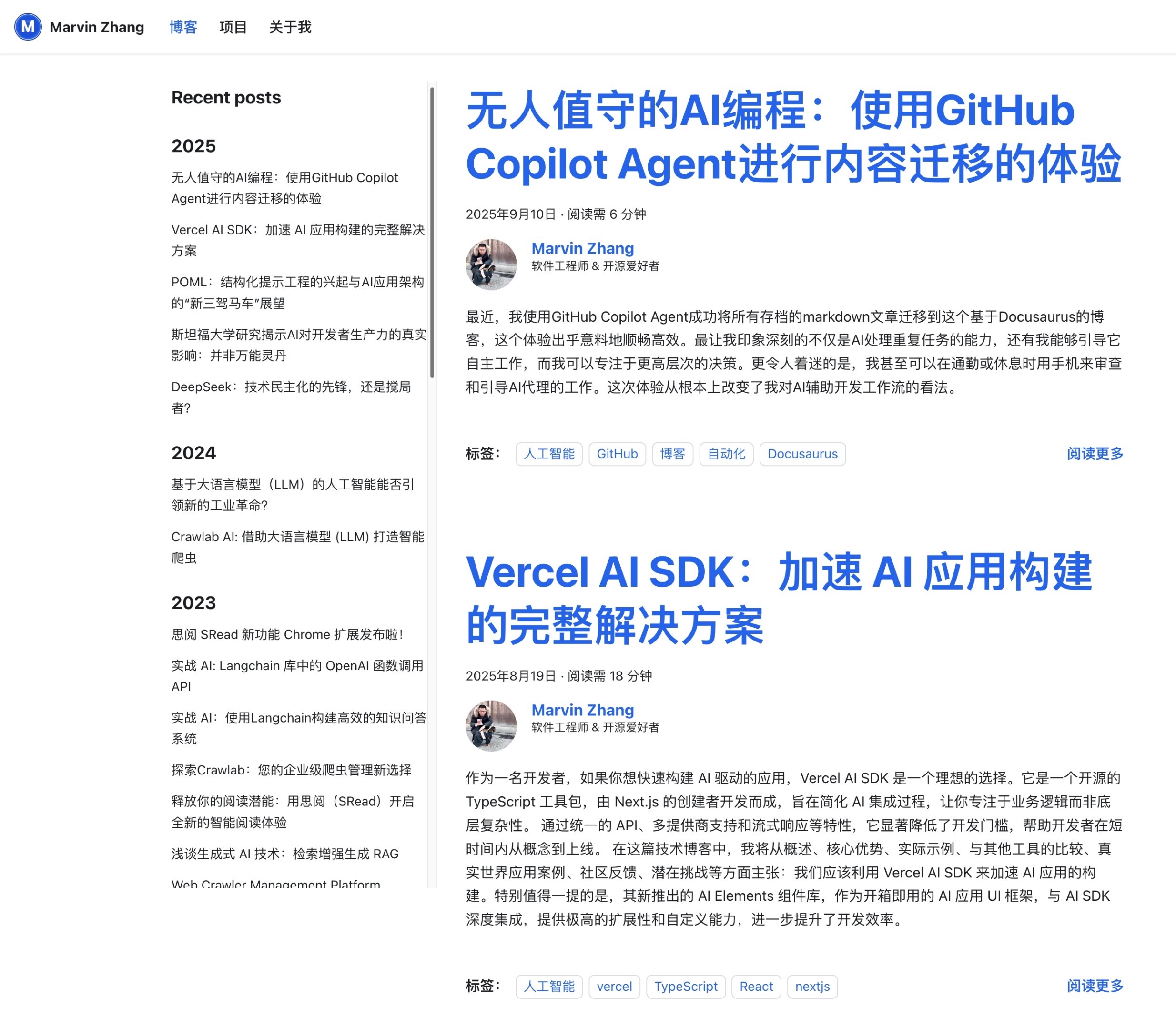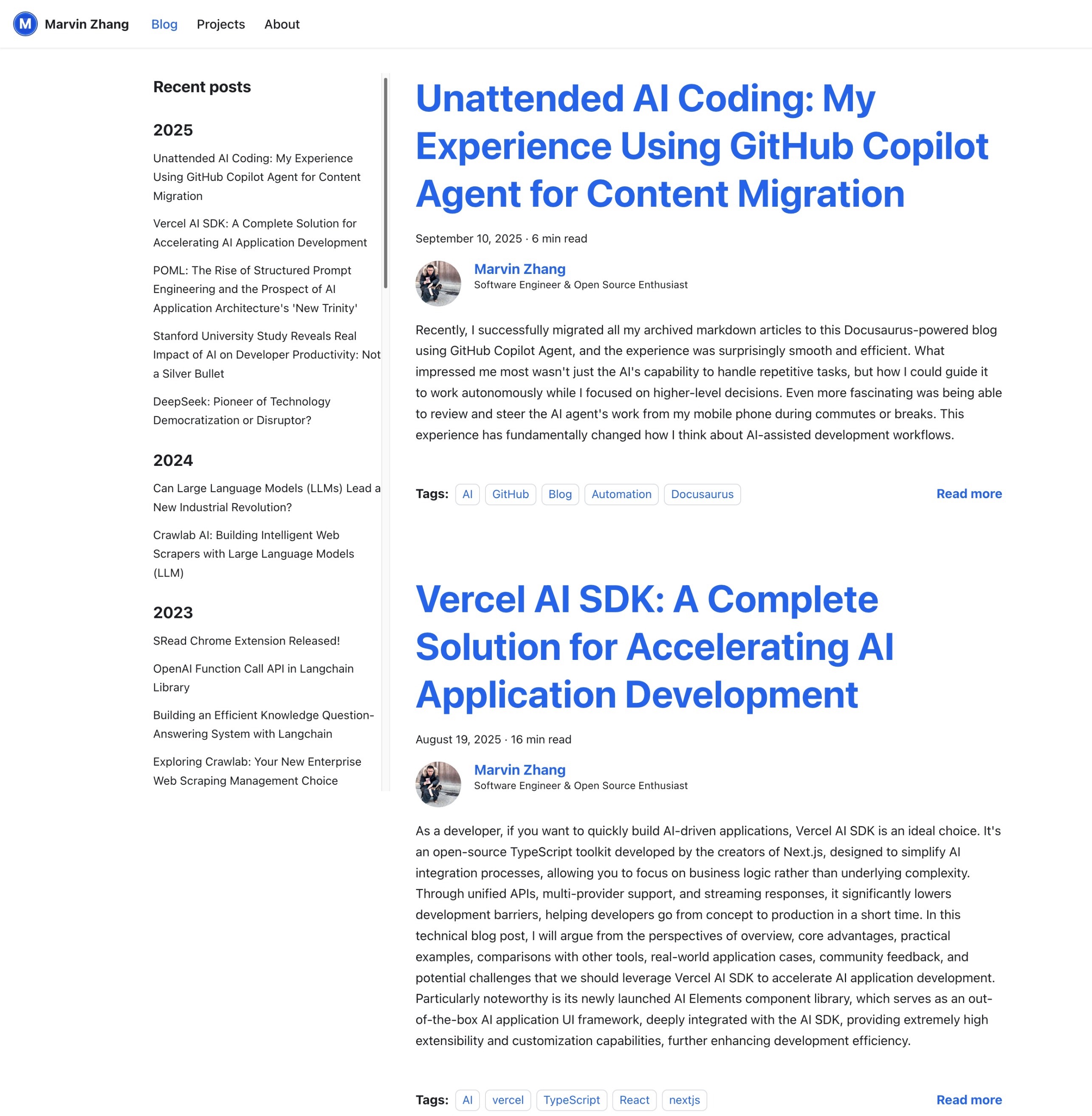Picture this: It's Monday morning, and you're sitting in yet another meeting about why your company's LLM application can't seem to move beyond the demo stage. Your team has built a sophisticated GPT-4o-powered agent that handles complex customer inquiries, orchestrates with internal systems through function calls, and even manages multi-step workflows with impressive intelligence. Leadership is excited, budget approved. But six months later, you're still trapped in what industry veterans call "demo purgatory"—that endless cycle of promising LLM applications that never quite achieve reliable production deployment.
If this scenario sounds familiar, you're not alone. Whether organizations are building with hosted APIs like GPT-4o, Claude Sonnet 4, and Gemini 2.5 Pro, or deploying self-hosted models like DeepSeek-R1, QwQ, Gemma 3, and Phi 4, the vast majority struggle to move beyond experimental pilots. Recent research shows that AI's productivity benefits are highly contextual, with structured approaches significantly outperforming ad-hoc usage. The bottleneck isn't the sophistication of your LLM integration, the choice between hosted versus self-hosted models, or the talent of your AI development team. It's something more fundamental: the data foundation underlying your LLM applications.
The uncomfortable truth is this: Whether you're using GPT-4o APIs or self-hosted DeepSeek-R1, the real challenge isn't model selection—it's feeding these models the right data at the right time. Your sophisticated AI agent is only as intelligent as your data infrastructure allows it to be.
If you've ever tried to transform an impressive AI demo into a production system only to hit a wall of fragmented systems, inconsistent APIs, missing lineage, and unreliable retrieval—this article is for you. We argue that successful enterprise LLM applications are built on robust data infrastructure, not just clever prompting or agent frameworks.
Here's what we'll cover: how data accessibility challenges constrain even the most capable models, the infrastructure patterns that enable reliable tool use and context management, governance frameworks designed for LLM-specific risks, and concrete implementation strategies for building production-ready systems that scale.
The solution isn't better prompts or bigger models—it's better data foundations. Let's start with why.

 Figure 1: Migration results overview (Chinese)
Figure 1: Migration results overview (Chinese) Figure 2: Migration results overview (English)
Figure 2: Migration results overview (English)